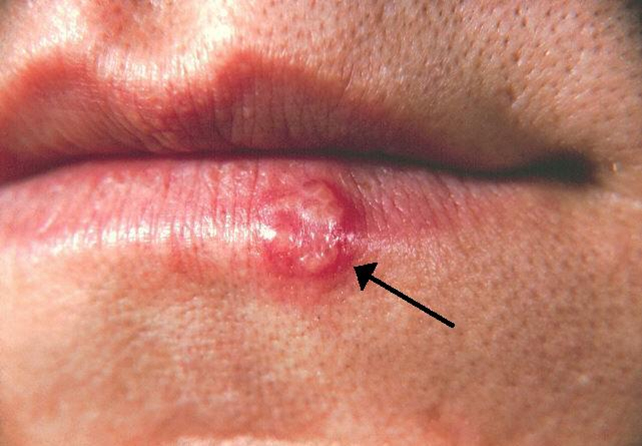We already know that the virus behind cold sores, herpes simplex virus type 1 (HSV-1), can also infect the brain and central nervous system, and now a new study sheds more light on how the viral attack spreads.
Led by researchers from the University of Colorado and the University of Bourgogne in France, the study looked closely at the effects of the HSV-1 virus on the brains of mice, mapping and assessing the different regions affected what the consequences could be. .
HSV-1 can be introduced into the central nervous system via two routes – the trigeminal nerve or the olfactory nerve – although it remains unclear how the infection then spreads in the brain.

“Recently, this common virus has been implicated in neurodegenerative diseases, such as Alzheimer’s disease, but no clear route for invasion of the central nervous system has been identified,” says neurologist Christy Niemeyer of the University of Colorado.
“Identifying how HSV-1 can enter the brain and which brain areas are vulnerable is critical to understanding how it initiates disease.”
The team found that HSV-1 hit several of the key areas of the brain, including the brainstem (which is responsible for coordinating heart and breathing rates, along with sleep and movement) and the hypothalamus (which handles everything from sleep to moods). , appetite and hormone levels).
However, other parts of the brain remained unaffected by HSV-1 antigens, including the hippocampus (the area responsible for memory and special navigation, often linked to diseases such as Alzheimer’s disease) and the cortex (linked to memory and attention). .
The researchers also looked at the activity of microglia (the central nervous system’s own immune cells) in the brains of mice, which became inflamed when interacting with HSV-1. In certain regions, these immune cells remained active even after the virus cleared, indicating that the inflammation persists.
In the most severe cases, HSV-1 can cause encephalitis, a life-threatening condition in which inflammation affects the entire brain. Although this did not happen here, the research shows that damage may still be done.
“Even though the presence of HSV-1 does not cause full-blown encephalitis in the brain, it can still affect the functioning of these regions,” says Niemeyer.
All this additional knowledge gives scientists a better idea of how HSV-1 infections may be linked to neurodegenerative diseases – something that has been the subject of several recent studies. The new study is another useful step forward on which further research can now build.
It has been suggested that HSV-1 and microglia-related inflammation may be part of the reason why Alzheimer’s disease manifests in some brains, or that they may have some effect on its progression. With that in mind, it will be interesting to see where there is overlap in the brain areas affected by both HSV-1 and Alzheimer’s disease.
“Persistently inflamed cells can lead to chronic inflammation, a known trigger for a number of neurological and neurodegenerative diseases,” says Niemeyer.
“This research provides important insights to better understand how viruses interact with overall brain health and the onset of profound neurological diseases.”
The research has been published in the Journal of Virology.



